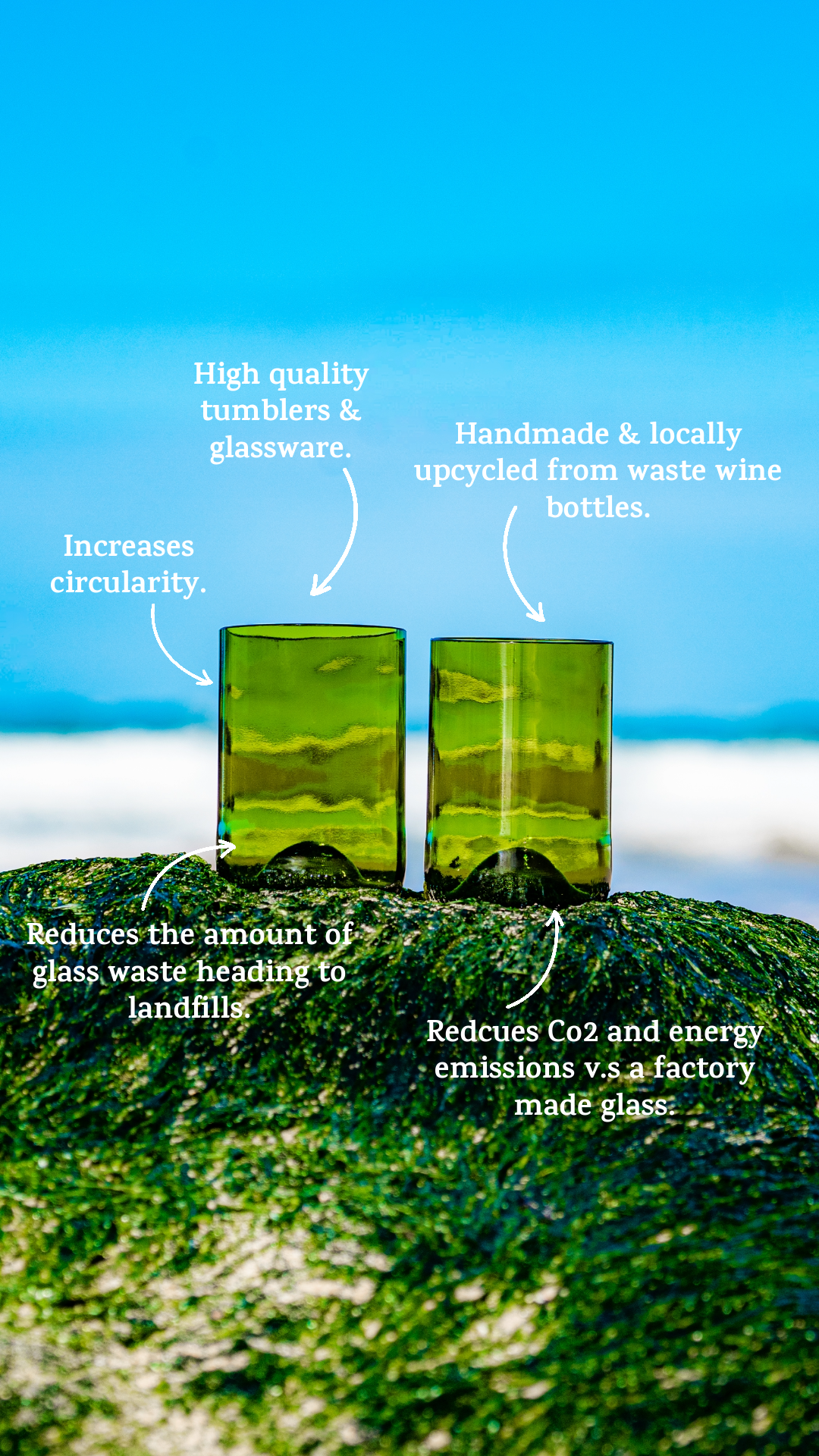In today's world, the importance of environmental sustainability has become increasingly evident. We're constantly reminded of the need to reduce waste, conserve resources, and minimise our carbon footprint. One effective way to contribute to this cause is through upcycling. In this blog post, we will delve into the environmental benefits of upcycling and why it's a crucial practice in the fight against environmental degradation.
What Is Upcycling?
Before we dive into the environmental benefits, let's clarify what upcycling is. Upcycling is the process of taking old or discarded items and transforming them into something new and valuable, often with a higher quality or aesthetic value than the original. This practice extends the lifespan of objects that might otherwise end up in landfills, and it's a creative and sustainable way to repurpose materials.
1. Reduces Waste
The most obvious environmental benefit of upcycling is waste reduction. By upcycling, we divert items from landfills, reducing the overall waste that ends up in these ever-growing piles of garbage. Less waste in landfills means less environmental harm and fewer resources spent on waste management.
2. Conserves Resources
When you upcycle, you reduce the demand for new raw materials. Instead of purchasing new items, you are making the most of what's already available. This has a direct impact on the conservation of natural resources like wood, metal, and water, as it reduces the need for mining, logging, and extraction.
3. Decreases Energy Consumption
The manufacturing process of new products is energy-intensive. From extraction and production to transportation and distribution, the energy required is substantial. By upcycling, we skip many of these energy-intensive steps, contributing to a significant reduction in energy consumption and the associated greenhouse gas emissions.
4. Lowers Greenhouse Gas Emissions
The reduction in energy consumption and resource extraction directly correlates with fewer greenhouse gas emissions. Upcycling helps mitigate climate change by lowering the carbon footprint associated with manufacturing new products. It's a small but important contribution to the global effort to combat climate change.
5. Promotes Sustainable Consumption
Upcycling encourages people to think twice before discarding items. Instead of the "use and discard" mentality, it promotes sustainable consumption by encouraging us to repurpose and reimagine items, extending their useful life. This shift in mindset is essential for reducing our ecological impact.
6. Reduces Pollution
The manufacturing and disposal of goods are often associated with pollution, whether it's from factories or the chemicals used in production. By upcycling, we reduce the pollution associated with creating new items and the pollutants that can leach from landfill waste.
7. Encourages Creativity and Innovation
Upcycling isn't just about sustainability; it's also a creative and innovative practice. It challenges us to think outside the box and find new uses for old items. This creativity can lead to fresh ideas in design, fashion, and art, which may have further applications in sustainable living.
Conclusion
Upcycling is more than just a DIY trend; it's a powerful practice with substantial environmental benefits. By reducing waste, conserving resources, lowering energy consumption, and more, upcycling plays a significant role in our ongoing battle against environmental degradation. It's a simple but impactful way to contribute to a healthier planet and a more sustainable future. So, next time you think about throwing something away, consider how you might upcycle it instead.


